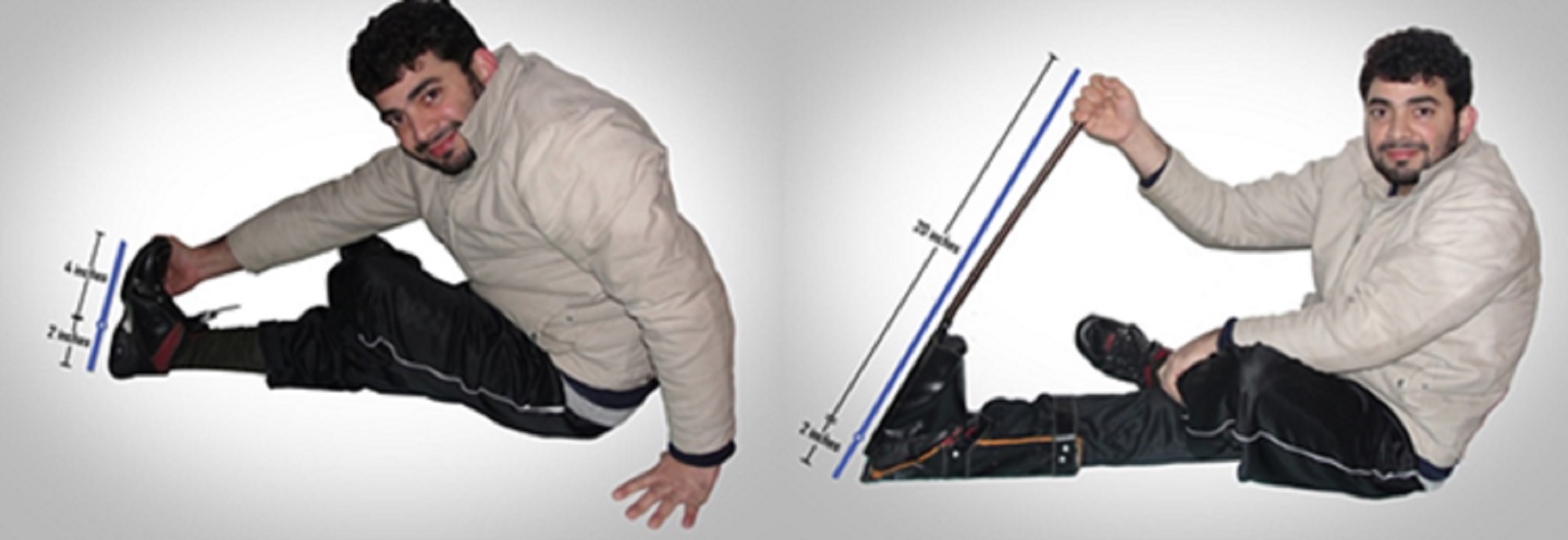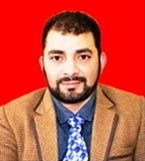(Author is the first doctor in India having cerebral palsy and has done post-graduation in Physical Medicine and rehabilitation)
This year, world cerebral palsy day is being celebrated on 6th October. There are 17 million people across the world living with cerebral palsy (CP). Another 350 million people are closely connected to a child or adult with CP. With ever growing facilities all the efforts are put to save and resuscitate a new born child however it puts an increased chances of child with different types of Cerebral Palsy.
“Cerebral palsy describes a group of permanent disorders of the development of movement and posture, causing activity limitation; those are attributed to non-progressive disturbances that occurred in the developing foetal or infant brain. The motor disorders of CP are often accompanied by disturbances of sensation, perception, cognition, communication, behaviour, by epilepsy and by secondary musculoskeletal problems”.
Cerebral Palsy my Experiences
I am diagnosed with cerebral palsy spastic diplegia. My experience with spasticity started the day I started walking for the first time, I walked on my toes. Initially I was taken as a habitual toe walker. Initial response was repeated reprimandation to walk with a normal gait. Multiple traditional approaches were tried like good diet, exercises, running and games. However my gait deteriorated with time. So at a later stage medical help was sought. Physicians from various specialties had various opinions for management of my condition. Orthopedician was eager to do surgery, the neurologist was against surgery and suggested for unknown jargon of physiotherapy (PT). Later the neurologist started medication for spasticity.
At school I loved both science and mathematics and I was one of the lucky few to gain admission to both engineering and medical schools. My overwhelming desire to learn about the workings of the human body and someday perhaps to manage my cerebral palsy, however made the choice an easy one for me. From my first day in medical school I began discovering the complex network of nerves controlling the limbs and from physiology I started gaining an understanding of the mechanisms underlying my disease. I remember how excited I was when I dissected the skull to see the brain and the cranial nerves; I even missed my theory class because I was so taken with the dissection.
By the time I finished my medical graduation I had learnt a lot about my condition. In 2003 Botulinum toxin injection was also injected in my Gastrosoleus muscles with no effective results. During this visit one neurologist also suggested me for Baclofen Pump, but due to cost and invasiveness of procedure I did not go for this management. Later I started to have hip pain and one of the neurologist suggested me to go for Selective Dorsal Rhizotomy. This idea of fiddling with nerves was not too exciting and was discarded by me. In 2005 I was convinced by an orthopedician for bilateral Gastro soleus release. However its beneficial effect started to wean off in a year.
My profession as a Physiatrist and my disability.
During clinical rotation our neurology professor brought us together, with a gleam of admiration in his eyes he told us, "Men...Find a job you love, and you will never work a day in your life." Those words didn't mean anything to me until I became a Physical Medicine and Rehabilitation (PMR) resident. That is when I realized that I had found something that I was truly passionate about. I have taken this passion for PMR and established a vision of where I want to be and what I want to do within the profession. I have three major objectives that I want to pursue as a Physiatrist. First, I want to take my clinical skills and advance them beyond my present level. Secondly, I want to advance my ability to critique and develop research as a clinician. Finally, I want to work at advancing the profession of PMR and hope that I can give back even a fraction of what this profession has given me.
Rehabilitation medicine is an open field for research with a lot still to be done. When I read about stem cell transplant, advanced prosthetics and robotics I get goose bumps and the feeling I am left with is that there is still hope and I could perhaps make a difference. I would always imagine the possibility of synthesizing an artificial brain like an organ programmed to perform all basic motor activities while at the same time responding dynamically to the needs of the body.
My patent to stretch my spastic muscles
When I used to do stretching I would often think some long lever would ease out the effort needed for stretching. “Give me a place to stand, and I shall move the Earth with it” were words of Archimedes about levers. Lever is one of the six simple machines identified by Renaissance scientists. I said if Archimedes could move earth why can’t I stretch my GS and TA with a lever. During orthotics checkout an idea popped and I enquired with our orthotist if we could add a lever and a hinge to an Ankle Foot Orthosis (AFO) so that something could be made to stretch the TA. However at that time this novel idea did not consolidate. After completion of residency this idea had never extinguished and I talked about this idea with my brother who is an orthopedician and has an understanding of biomechanics. He took my suggestion seriously and we decided to materialize it into a new instrument. It was time for a bit of cooking. The recipe was simple: a splashing of orthosis, a good knowledge of exercises, and dose of physics and a pinch of imagination. I made a design on paper and we called our ironsmith who had worked in our home, it was difficult to make him understand what he had to make and what its utility was. After a lot of motivation he agreed to make it but at the cost that would be his discretion. I sat with him, and we were selecting and discarding materials of different thickness and tensile strength; we had to use different thickness materials of foot plate, shank and lever. Foot plate needed to be sturdy to bear the pulling force of the lever without bending, lever that was to be welded with the footplate that would not bend or break while pulling. Shank was a little thinner to allow bending around the calf. Earlier I thought of fixing the shoes to the foot plate by some detachable buttons or permanently fixing the shoes. However I could not get the required material and for that I needed two instruments for two sides. Then a new idea came to attach a foot strap with Velcro for different sized footwear. After finalizing the design, on trial I found that pulling my shoe would go up in the shank without stretching the TA; to prevent upward gliding of the shoe I put a counter heel counter that locks the shoes down on the footplate without unnecessary upward drift. A final design was made, padding was done and now the instrument was ready to be used.
My rendezvous at the court
World does not see the interest of a person and is sometimes very cruel. After completing my PMR Residency and Senior residency I was denied to be given the post of faculty despite having all the credentials so I had to take up to the court to get my right. In court the justice saw my disability and sarcastically asked what I have done to ameliorate my disability; to which I replied “if I had not done my rehabilitation I would not be a doctor standing in front of you fighting for my rights”. That day the whole court saw that rehabilitation is not just physical but it is the integration of a person with all the remaining functions utilized to the fullest of the accomplishments.
Today I am working as an assistant professor in one of the apex institutes of my state and providing rehabilitation services to people of my state. I know I will be challenged at every step in my life but I remember a line of my school song “up the hill of life I go newer fearing ever daring up the hill of life I go”. My Daily Life Routine. My day starts early in the morning with morning prayers when I thank my god for giving me a good life and a chance to live a life of the elite. I have a very diet and weight conscious breakfast along with a tablet of baclofen. I have a brief session of stretching of gastrosoleus muscles and hip adductors, then I drive my car to my workplace. I usually reach 2 hours earlier than the rest of my staff, I change in my office and go to the physiotherapy section and walk for 1 to 1.5 km on the treadmill. Then I strengthen my quadriceps and trunk muscles on the state of art DAVID Stations, followed by strengthening of hip abductors and extensors with weighted cuffs. Then I stretch my gastrosoleus muscles with my device, I freshen up till all the employees reach the department. During lunch I take another pill of baclofen. After my hectic day at the hospital I stretch my muscles again before I leave for my home. Every night before going to bed I get my hip flexors stretched passively.
Your disability is not a disability…it is your ability with different mind-set… Nothing is impossible in this world!


